Robots compete in marathon with humans - Video: New China TV
China, the world’s second-largest economy, is pushing to become a leader in artificial intelligence (AI) and robotics. Last week, the world’s first humanoid robot half marathon took place in Beijing, with 21 bipedal robots from several leading Chinese companies taking part.
The winning robot Tiangong Ultra completed the 21km distance in 2 hours and 40 minutes, while the human athlete who came in first took 1 hour and 2 minutes.
Robot technology advancement
Teams from companies and universities took part in the race, demonstrating China’s progress in the field of humanoid robots. The robots came in all shapes and sizes, from models measuring just 1.2 meters (4 feet) to models measuring 1.8 meters (6 feet). One company even boasted a robot with feminine features and the ability to smile and wink—almost lifelike.
Tang Jian, chief technology officer of the Beijing Humanoid Robot Innovation Center (where Tiangong Ultra was created), said that Tiangong Ultra's superior performance comes from its long legs and algorithms that mimic the way humans run marathons.
“I don’t want to brag, but I don’t think any robot company in the West can match Tiangong’s athletic achievements,” Mr. Tang shared.
The race was the result of months of training to help the robot master skills that are instinctive to humans. Kong Yichang, a 25-year-old engineer from DroidUp, said the event would "lay the foundation for a series of future activities related to humanoid robots".
Hang Qian, a 29-year-old Beijing resident who participated in the half-marathon race on the same day, expressed her excitement: "For ordinary people, running a half-marathon is an extremely challenging sport and everyone is exhausted. But the robot can continue running by changing the battery. In the future, there may be robots competing in cooking, climbing mountains or swimming. I look forward to all of that."
Current challenges
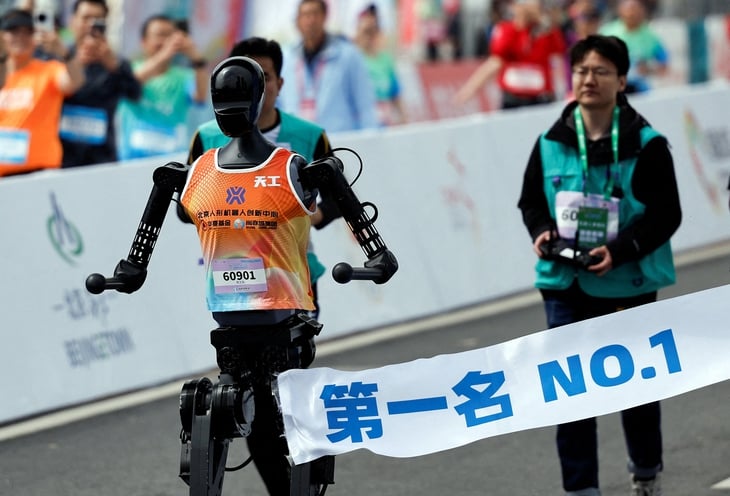
Robot Tiangong Ultra finished first among humanoid robots at the half-marathon held in Beijing (China) on April 19 - Photo: REUTERS
While the event left a lasting impression, it also revealed many limitations in the field of bipedal robotics. The half-marathon competition showed that current humanoid robotics technology, although highly stable in terms of hardware, is still quite limited in terms of AI capabilities.
Overheating, imbalance, and endurance limitations remain major challenges for robotics engineers. Only six robots reportedly completed the entire race, with most of them malfunctioning early on. One robot even fell off the starting line, lying still for several minutes before getting up and continuing.
Humanoid robots - machines equipped with AI and designed to resemble humans in appearance and movement - are expected to serve many purposes, especially replacing workers in industries and services.
Over the past few months, videos of Chinese humanoid robots performing bicycle rides, roundhouse kicks, and somersaults have gone viral, with the country's media touting them as a potential driver of economic growth.
China's Ministry of Industry and Information Technology identified the humanoid robot industry as a "new front in technological competition" in a 2023 policy document. It aims to achieve mass production and secure supply chains for core components by 2025.
Last December, tech company AgiBot announced that it had begun mass production of its multi-purpose robots. The startup, founded in February 2023, has produced nearly 1,000 humanoid robots. Major corporations such as Xiaomi and electric vehicle makers BYD, Chery, and Xpeng are also actively involved in this field.
Mr. Ming Hsun Lee (from BofA Global Research) predicts: "In the short term, about 3-4 years from now, humanoid robots will be applied first in production lines. In the medium term, we will see them gradually penetrate the service industry."
China sees humanoid robots as an important industry because they have the potential to help ease labor shortages, Ming said.
US-China technology race
American tech companies are also racing to develop humanoid robots. Tesla’s Optimus project appears to be leading the way in the US, with billionaire Elon Musk planning to produce around 5,000 humanoid robots this year.
However, analysts warn that American companies are at risk of being overtaken by Chinese competitors. Not only do they have a price advantage, but in the past five years, China has filed 5,688 patent applications related to humanoid robots, compared to 1,483 in the United States, according to Morgan Stanley.
Source: https://tuoitre.vn/robot-hinh-nguoi-chay-marathon-va-dau-moc-cong-nghe-moi-20250421001356973.htm


![[Photo] General Secretary concludes visit to Azerbaijan, departs for visit to Russian Federation](https://vphoto.vietnam.vn/thumb/1200x675/vietnam/resource/IMAGE/2025/5/8/7a135ad280314b66917ad278ce0e26fa)
![[Photo] General Secretary To Lam begins official visit to Russia and attends the 80th Anniversary of Victory over Fascism](https://vphoto.vietnam.vn/thumb/1200x675/vietnam/resource/IMAGE/2025/5/8/5d2566d7f67d4a1e9b88bc677831ec9d)
![[Photo] Prime Minister Pham Minh Chinh meets with the Policy Advisory Council on Private Economic Development](https://vphoto.vietnam.vn/thumb/1200x675/vietnam/resource/IMAGE/2025/5/8/387da60b85cc489ab2aed8442fc3b14a)
![[Photo] National Assembly Chairman Tran Thanh Man chairs the meeting of the Subcommittee on Documents of the First National Assembly Party Congress](https://vphoto.vietnam.vn/thumb/1200x675/vietnam/resource/IMAGE/2025/5/8/72b19a73d94a4affab411fd8c87f4f8d)
![[Photo] President Luong Cuong presents the decision to appoint Deputy Head of the Office of the President](https://vphoto.vietnam.vn/thumb/1200x675/vietnam/resource/IMAGE/2025/5/8/501f8ee192f3476ab9f7579c57b423ad)

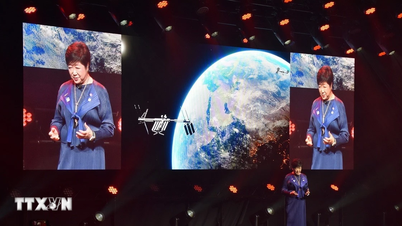









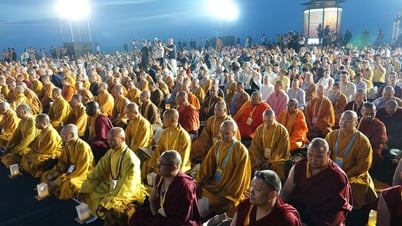
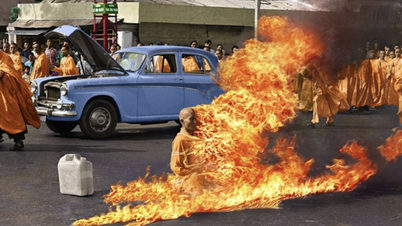




































![[Photo] Prime Minister Pham Minh Chinh talks on the phone with Singaporean Prime Minister Lawrence Wong](https://vphoto.vietnam.vn/thumb/402x226/vietnam/resource/IMAGE/2025/5/8/e2eab082d9bc4fc4a360b28fa0ab94de)

















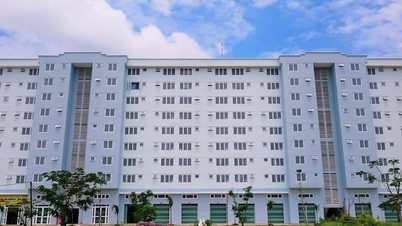












Comment (0)